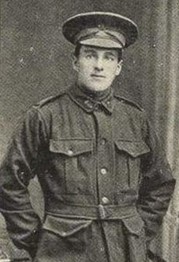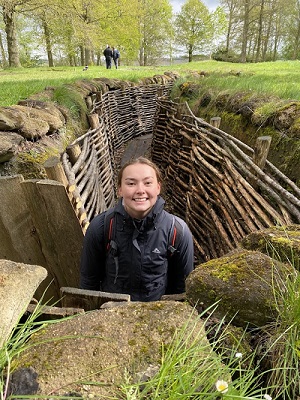
Divisions
-
Community Partnerships and Priorities
- Aboriginal Partnerships
- Child and Youth Wellbeing
-
Community Policy and Engagement
- Advisory groups
- Centenary of ANZAC
- Companion Card Program
- Concessions Guide
- Prevention of Family and Sexual Violence
- International Women's Day
- Frank MacDonald Memorial Prize
- Significant Tasmanian women
- Tasmanian Honour Roll of Women
- Women on Tasmanian boards and committees
- Veterans Programs
- Seniors Card
- Tasmanian Carer Action Plan
- Older Tasmanians
- LGBTIQA+ Tasmanians
- Volunteering
- Multicultural Tasmanians
- Food Relief to Food Resilience
- People with Disability
- Women
- Community and Disability Services
- Community Grants
- Contact
- Digital Strategy and Services
- Office of Local Government
- Office of Parliamentary Counsel
- Office of Review and Evaluation
- Office of the Secretary
- Resilience and Recovery Tasmania
- Corporate and Government Services
- Policy Division
- Service Tasmania Unit
- State Service Management Office
Contact Details
By phone
Find the number of a specific division or office to contact them directly or call Service Tasmania on 1300 135 513.
Our staff
Use the Tasmanian Government Directory to find staff contact details
Social media
Follow our social media accounts to keep up to date with specific programs and initiatives.
George Ernest Atkins
“…for your tomorrow we gave our today.”
Researched by Carolyn Townsend, MacKillip Catholic College, 2024.
George Ernest Atkins was born in April 1894 and lived in Lindisfarne and attended Bellerive State School before becoming a waiter later on in his life. He stayed in this job until the war broke out in 1914 and he attempted to join the military. Initially, George was rejected from the Australian Imperial Force as he suffered from asthma, but as the war continued and more men were lost to the fighting, Australia became in need of more soldiers.
On 4 August 1916, George was taken on strength to the 12th Infantry Battalion. He was then sent to fight in the battle of Pozieres on the Western Front.
Pozieres was an important offensive for the allied forces as the landscape of Pozieres village contained a ridge that the German army used to view the allied lines.
Following attacks on the Germans, Pozieres was soon in Australian hands, but not without sacrifice. This battle became one of Australia’s most devastating conflicts with 23 000 Australian soldiers left wounded, dead or prisoners of war.
In August of 1916, George failed to make contact with officers for multiple days and was originally thought to be missing in action. This was later changed to killed in action on the 6th of March 1917 after another soldier, Frederick Lewis, confirmed George’s death.
George’s body was eventually found and buried on the Pozieres battlefield, but as war changed the landscape, his grave and body vanished again, tragically missing forever. He is thought to have died sometime between the 19th and 22nd of August 1916.
Although no one knows where his final resting place is, there are many memorials commemorating George’s life. At Bellerive Primary School, George’s old place of education, a memorial stone was erected to honour those who were students at the school and went to war for their country.
The stone reads “when you go home, tell them of us and say, for your tomorrow we gave our today".
Read Carolyn Townsend's report about George Ernest Atkins (PDF).


